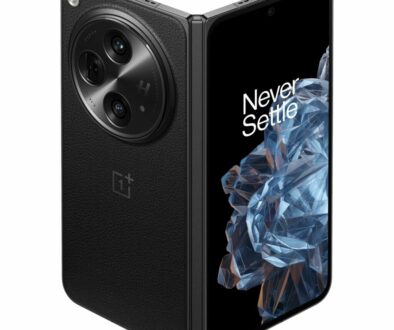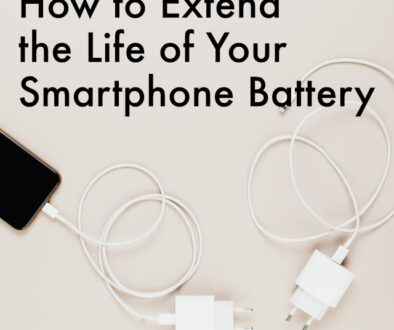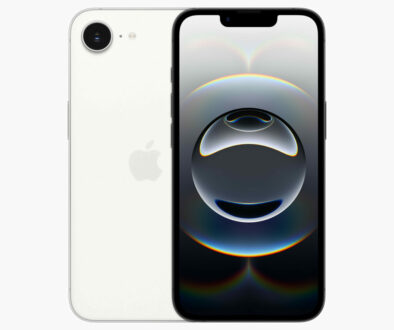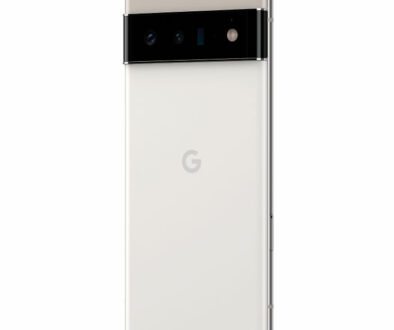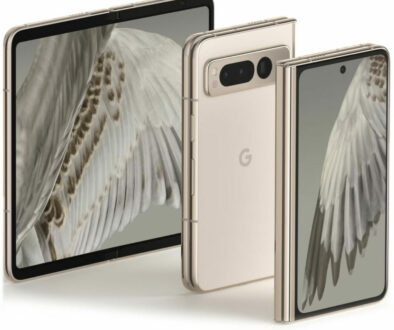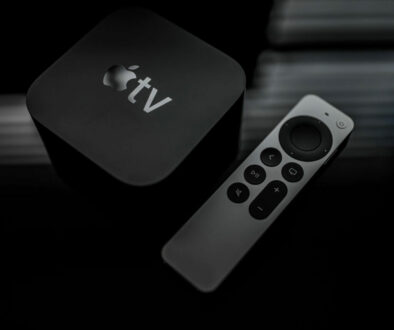Apple iPhone 11 vs iPhone XR: how do they compare and is it worth the upgrade
The iPhone XR’s predecessor is out. For the budget conscious, this would be the iPhone of choice given how iPhone 11 Pro and iPhone 11 Pro Max prices have reached astronomical heights. There is the question of whether iPhone 11 is worth the upgrade.
With the introduction of iPhone 11, the price of iPhone XR has dropped some 15%. This makes the iPhone XR even more attractive as an upgrade option. Yes, Apple has retained the iPhone XR on their portfolio together with iPhone 8 and iPhone 8 Plus for now. These are going to be bargain hunters favourites.
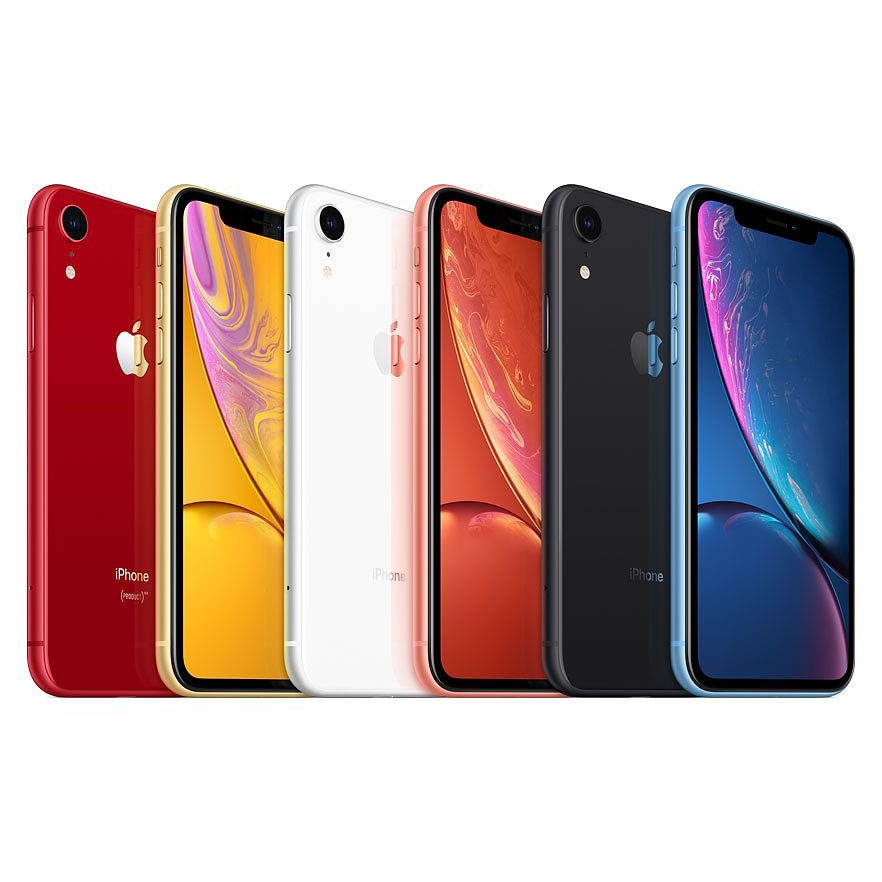
Apple iPhone 11 vs iPhone XR Comparison
But what exactly are we missing here in choosing to go with the new iPhone 11. Price is the obvious difference here. It is quite a big jump going from iPhone XR to iPhone 11 even though both devices have the exact same display. Here are the differences and similarity between the two devices. Let’s look at the similarities first.
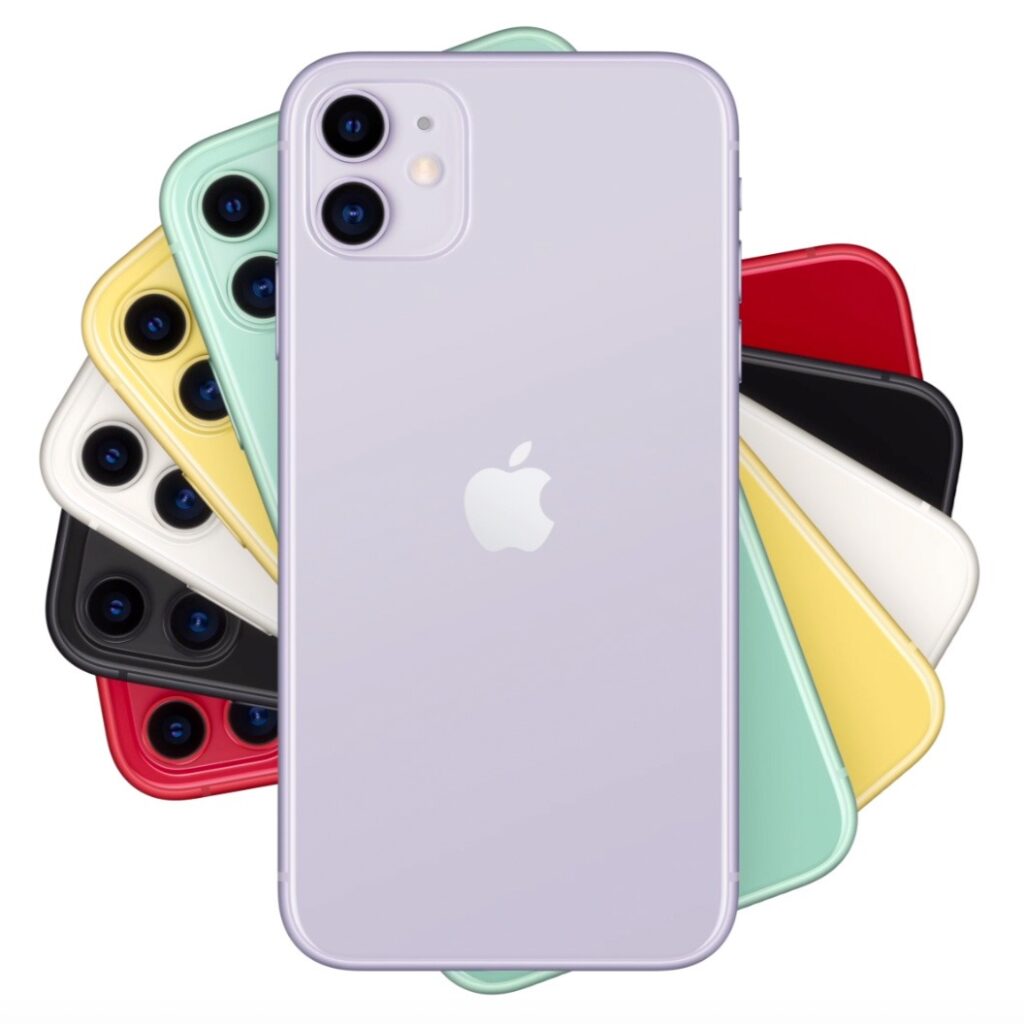
Same Display
The thing that we will be staring at and interactive with all the time, the displays are the same on both phones. In fact it is the exact identical display so no real advantage here in choosing to go with the cheaper iPhone XR. The same 6.1-inch Liquid Retina HD display we have come to love is still present and accounted for.
- Liquid Retina HD display
- 6.1-inch (diagonal) all-screen LCD Multi‑Touch display with IPS technology
- 1792×828-pixel resolution at 326 ppi
- 1400:1 contrast ratio (typical)
- True Tone display
- Wide colour display (P3)
- Haptic Touch
- 625 nits max brightness (typical)
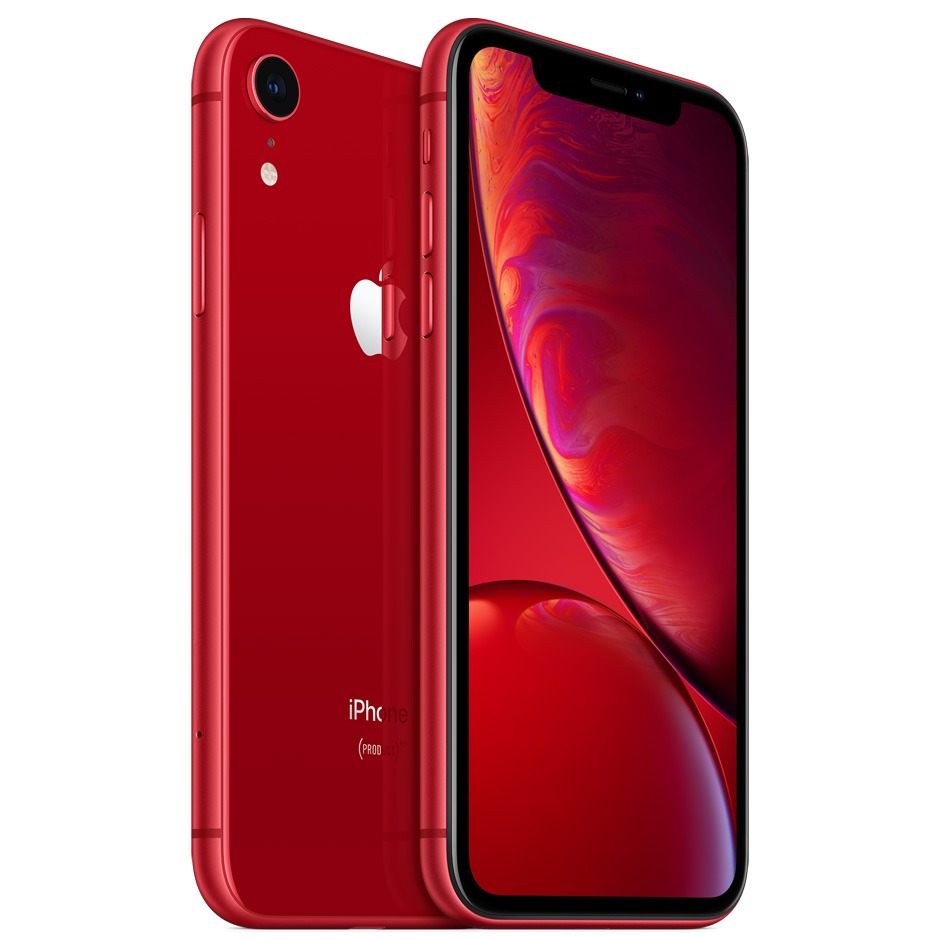
Same Design
Apart from the colour choices, both phones are based on the same glass and aluminium design offering a familiar look and feel to all the XR fans.
Same Size and Weight
So alike are the phones that they have the same footprint and wight. Those looking for an upgrade XR, a thinner and lighter device in the shape of the iPhone 11 will be disappointed.
- Height: 150.9 mm (5.94 inches)
- Width: 75.7 mm (2.98 inches)
- Depth: 8.3 mm (0.33 inches)
- Weight: 194 grams (6.84 ounces)
Now for the differences.
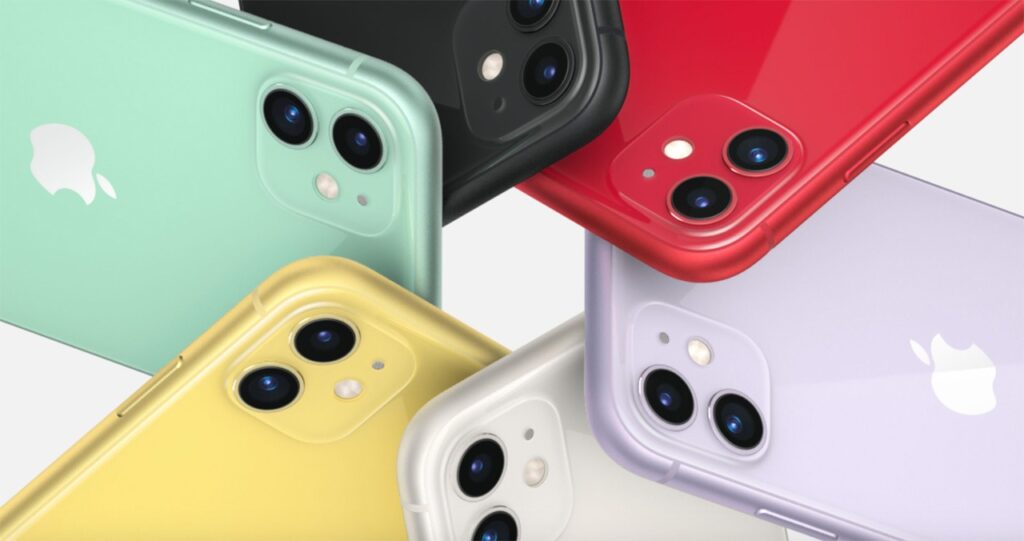
Better Processor
No next generation phone can do without. The iPhone 11 has an upgraded processor, using the A13 Bionic chip. The chip uses Third-generation Neural Engine. Compares this to the iPhone XR with the previous generation A12 Bionic chip and Second-generation Neural Engine.
- iPhone XR: A12 Bionic chip and Second-generation Neural Engine
- iPhone 11: A13 Bionic chip and Third-generation Neural Engine
Better Splash, Water and Dust Resistant
Copes Better with Splash and Dunk
- iPhone XR: Rated IP67 (maximum depth of 1 metre up to 30 minutes) under IEC standard 60529
- iPhone 11: Rated IP68 (maximum depth of 2 metres up to 30 minutes) under IEC standard 60529
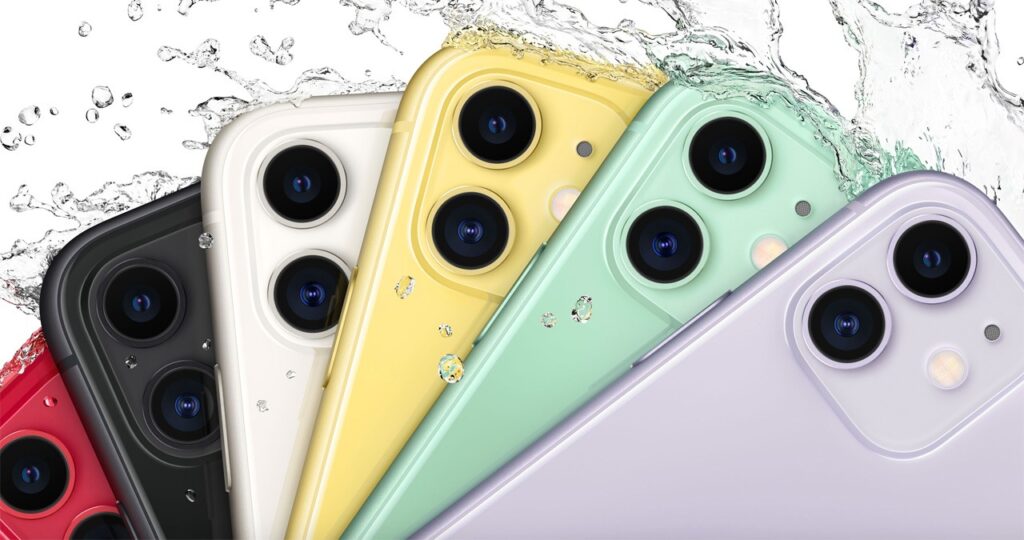
Dual Rear Camera Setup
The bigger real upgrade for the iPhone 11 in our book is the camera. Moving from a single rear shooter in the iPhone XR to a dual-camera setup in the iPhone 11, the main rear camera is brought up to date to compete with most of todays smartphones. In fact, judging from the specification, it is almost on par with the iPhone XS and iPhone XS Max bar the telephoto lens. This alone is worth the upgrade if you are into mobile photography.
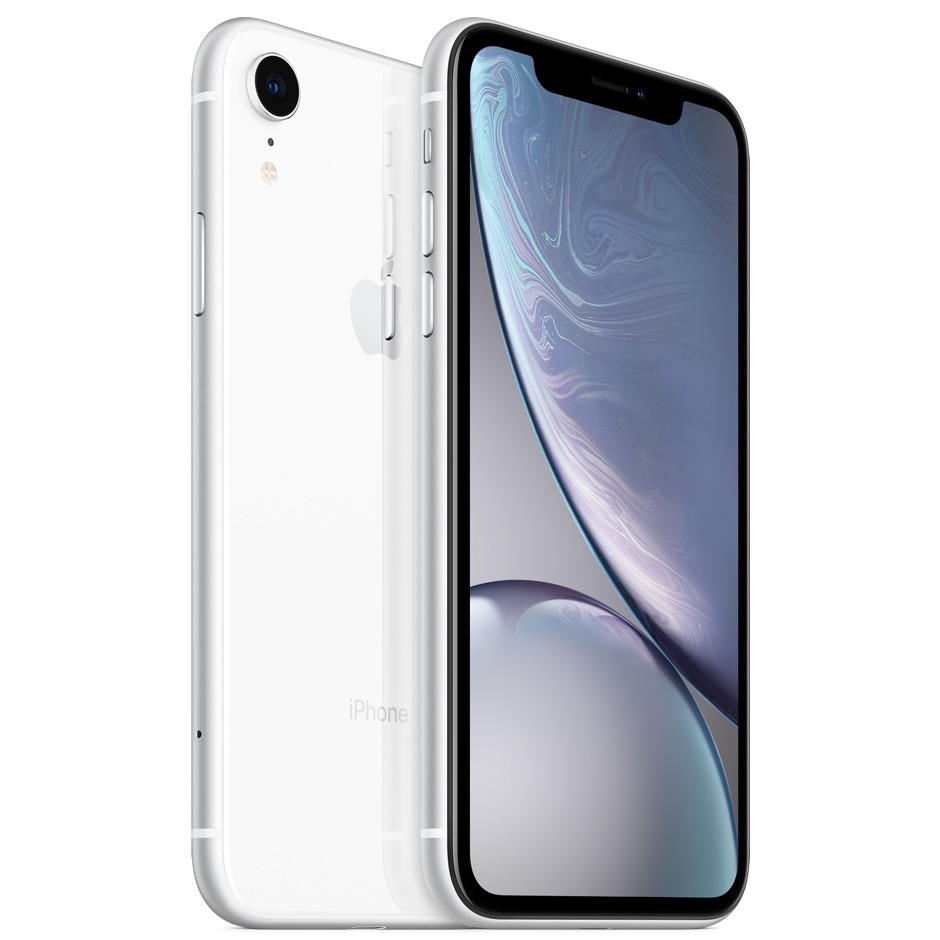
With the use of an extra Ultra Wide lens, the iPhone 11 can now zoom out optically up to 2 times to cover a wider area when capturing photos. This is a real advantage when shooting photos of interiors and groups allowing you to capture more of the room and fit more people in the frame. Both phones support 5x digital zoom. When compared to iPhone XS and XS Max you get the same amount of zooming but in the opposite direction. With its’ telephoto lenses, they offer optical zoom up to 2 times.
In any case, both iPhone XR and iPhone 11 offers Optical Image Stabilisation for clearer non-shake photos, True Tone flash and Portrait mode with advanced bokeh and Depth Control. The iPhone 11 has the upper hand with 6 portrait lighting effect compared to only three on the iPhone XR. iPhone 11 also benefits from next generation Smart HDR when capturing photos.
- iPhone XR: Single 12MP Wide camera (Ultra Wide: ƒ/2.4 aperture, Wide: ƒ/1.8 aperture). Optical Image Stabilisation, Digital zoom up to 5x, True Tone flash with slow sync, Portrait mode with advanced bokeh and Depth Control, Portrait Lighting with three effects (Natural, Studio, Contour), Smart HDR for photos
- iPhone 11: Dual 12MP Ultra Wide and Wide cameras (Wide: ƒ/1.8 aperture) supports Night Mode and Auto Adjustment. Optical Image Stabilisation, 2x optical zoom out; digital zoom up to 5x, Brighter True Tone flash with slow sync, Portrait mode with advanced bokeh and Depth Control, Portrait Lighting with six effects (Natural, Studio, Contour, Stage, Stage Mono, High‑Key Light Mono), Next-generation Smart HDR for photos
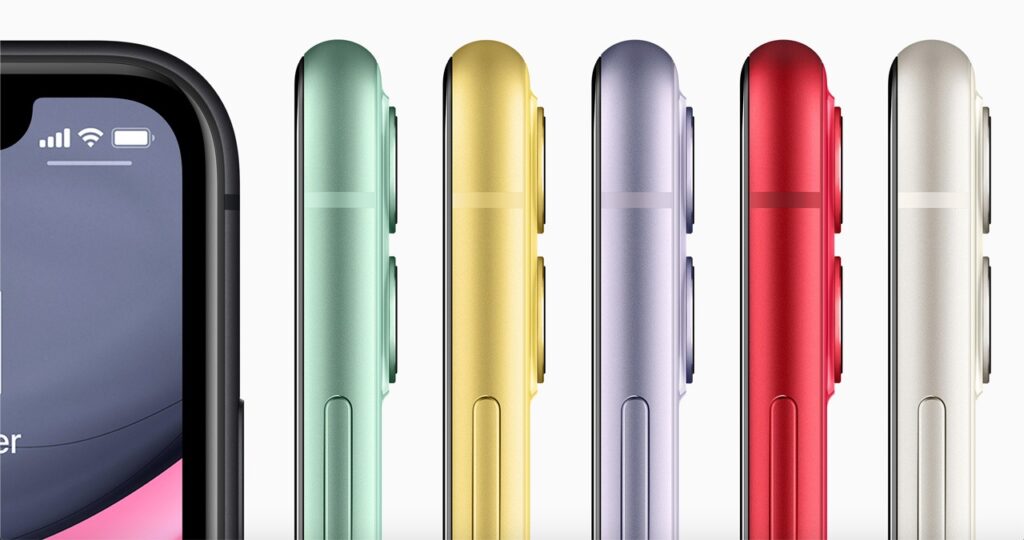
Better at Capturing Video
Both phones are capable of capturing video up to 4K at 24 fps, 30 fps or 60 fps. It will do 1080p HD video recording at 30 fps or 60 fps. The difference is the iPhone 11 supports extended dynamic range up to 60 fps while the iPhone XR only supports up to 30fps. But the real advantage with iPhone 11 is again the ability to zoom out optically up to two times and the ability to capture focused sound with audio zoom.
- iPhone XR: 4K video recording at 24 fps, 30 fps or 60 fps, 1080p HD video recording at 30 fps or 60 fps, Extended dynamic range for video up to 30 fps, Optical Image Stabilisation for video. Digital zoom up to 3x. Slo-mo video support for 1080p at 120 fps or 240 fps, Time-lapse video with stabilisation, Stereo recording
- iPhone 11: 4K video recording at 24 fps, 30 fps or 60 fps, 1080p HD video recording at 30 fps or 60 fps, Extended dynamic range for video up to 60 fps. Optical Image Stabilisation for video. 2x optical zoom out; digital zoom up to 3x with Audio zoom, QuickTake video. Slo-mo video support for 1080p at 120 fps or 240 fps, Time-lapse video with stabilisation, Stereo recording
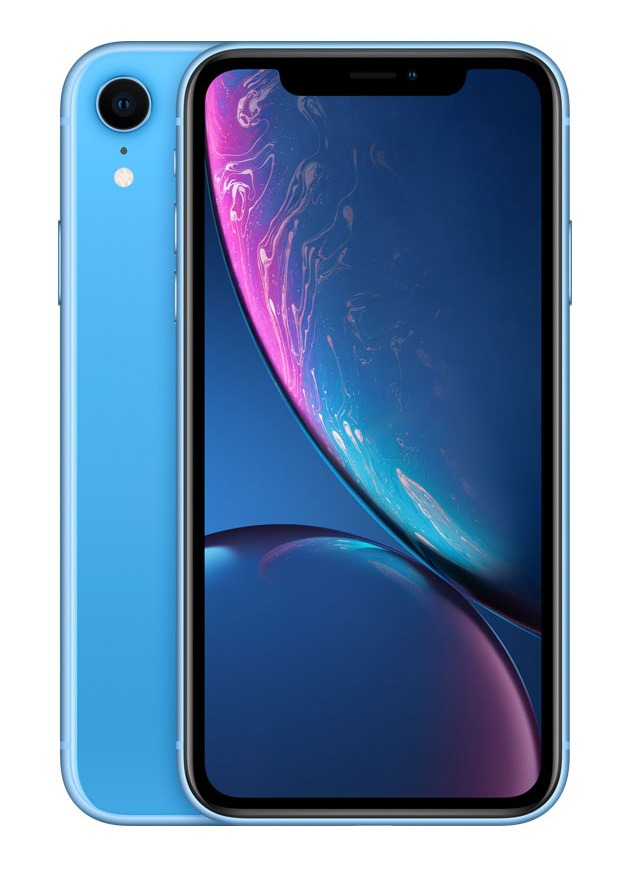
Upgraded Front Camera
The front camera on the iPhone 11 has also received a boost to 12MP from 7MP on the iPhone XR. This means it is now capable of capturing video in 4K resolution. Both TrueDepth cameras support Portrait mode with advanced bokeh and Depth Control. They also do Portrait Lighting with six effects (Natural, Studio, Contour, Stage, Stage Mono, High-Key Light Mono). Again, the only real advantage here is the ability to capture video in 4K using the front facing camera.
- iPhone XR: 7MP TrueDepth camera, ƒ/2.2 aperture Retina Flash and Smart HDR for photos. Portrait Lighting with six effects (Natural, Studio, Contour, Stage, Stage Mono, High-Key Light Mono). Extended dynamic range for video at 30 fps. Cinematic video stabilisation (1080p and 720p), Animoji and Memoji
- iPhone 11: 12MP TrueDepth camera, ƒ/2.2 aperture Retina Flash and next generation Smart HDR for photos. Portrait Lighting with six effects (Natural, Studio, Contour, Stage, Stage Mono, High-Key Light Mono). Extended dynamic range for video at 30 fps. Cinematic video stabilisation (4K, 1080p and 720p), Animoji and Memoji
Sounds Better
The iPhone 11 also sounds better with spatial audio playback that supports Dolby Atmos whereas iPhone XR will have to content with wider stereo playback.
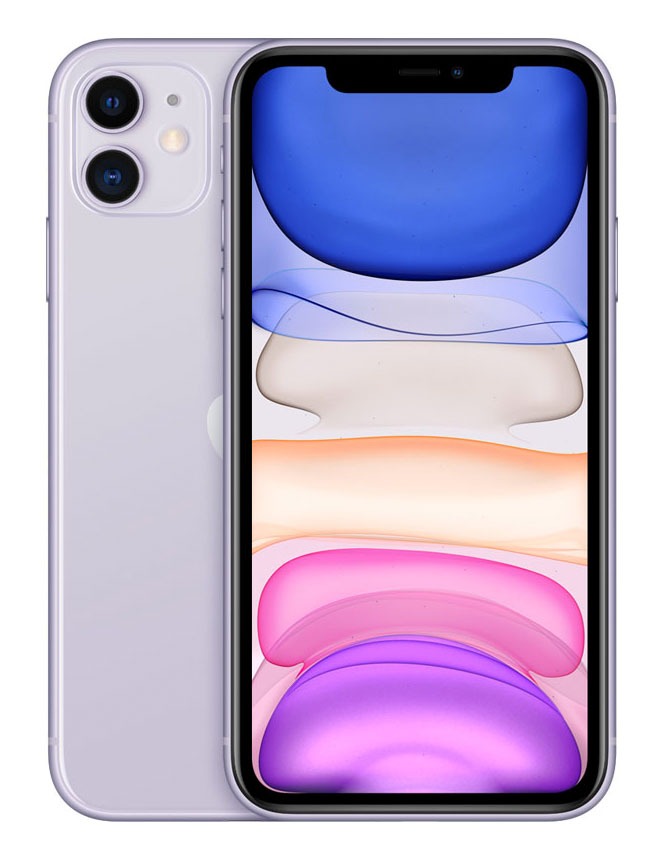
Last A Little Longer Too
The battery life on the iPhone XR is among the best in the iPhone range better even than the iPhone XS Max. Tests have shown that with mixed use, the iPhone XR lasts up to 13.5 hours while the iPhone XS Max only manages 13 hours. On the iPhone 11, you can expect even better battery life up to 1 hour more than iPhone XR.
Elsewhere, battery life has improved across the range with the iPhone 11 Pro Max holding the title for the longest battery life in an iPhone, lasting up to 5 hours longer than iPhone XS Max. The iPhone 11 Pro outlasts the iPhone XS up to 4 hours.
Final Thoughts
Apart from the cameras, there are no real advantage going with the iPhone 11. Both phones look the same, have the same dimensions and even weigh the same. They share the same display and the same build and design albeit in different colours.
For the average user, the speed bump is not going to make a huge difference too. The iPhone XR with A12 Bionic chip is already super fast.
Slight improvements in splash, water and dust resistance, battery life, sound and wifi connectivity is again not likely to make one switch. If you already have an iPhone XR, chances are you not really that into mobile photography, more an occasional photographer. We would give iPhone 11 a miss.
If you have the iPhone 8 Plus and wants a dual camera setup without burning a whole in your wallet then the iPhone 11 is the obvious choice. The upgrade will satisfy your mobile photography requirements and more. In addition, the bigger, right-to-the edge display will bring your iPhone experience up to date.
Where storage choices are concerned, the iPhone 11 has one extra storage option, these are 64GB, 128GB and 256GB. The iPhone XR only has 64GB and 128GB. It is unlikely that the extra storage option will matter as Apple charges a premium for storage. Most people will likely either stay with the entry level storage of 64 or double that to 128GB.


